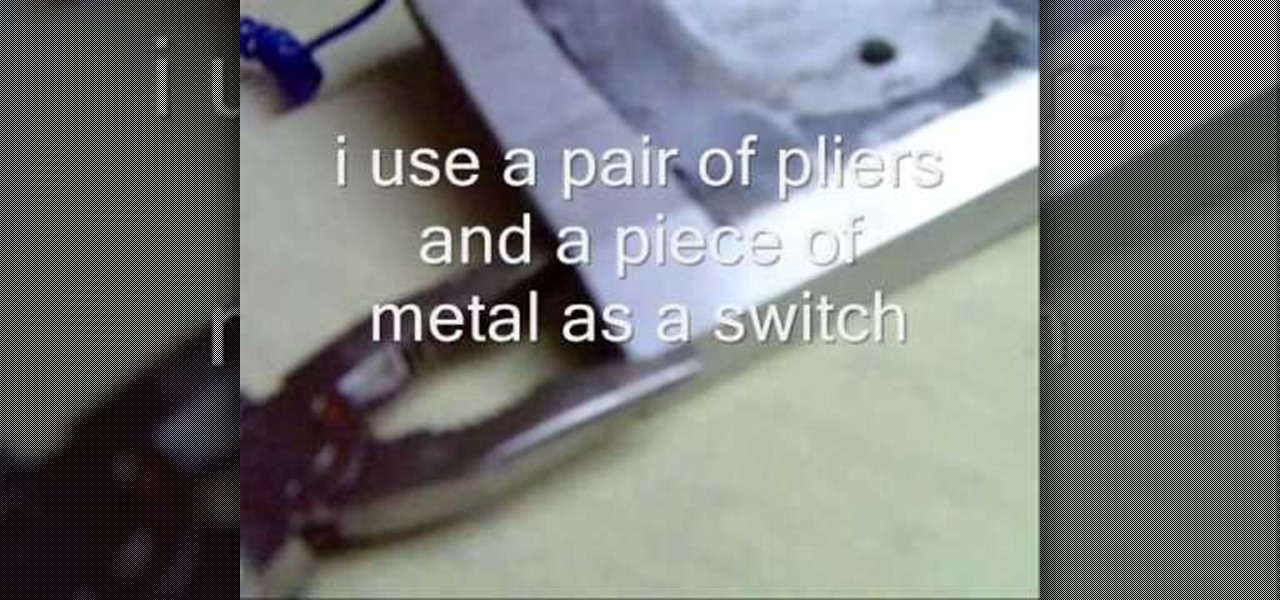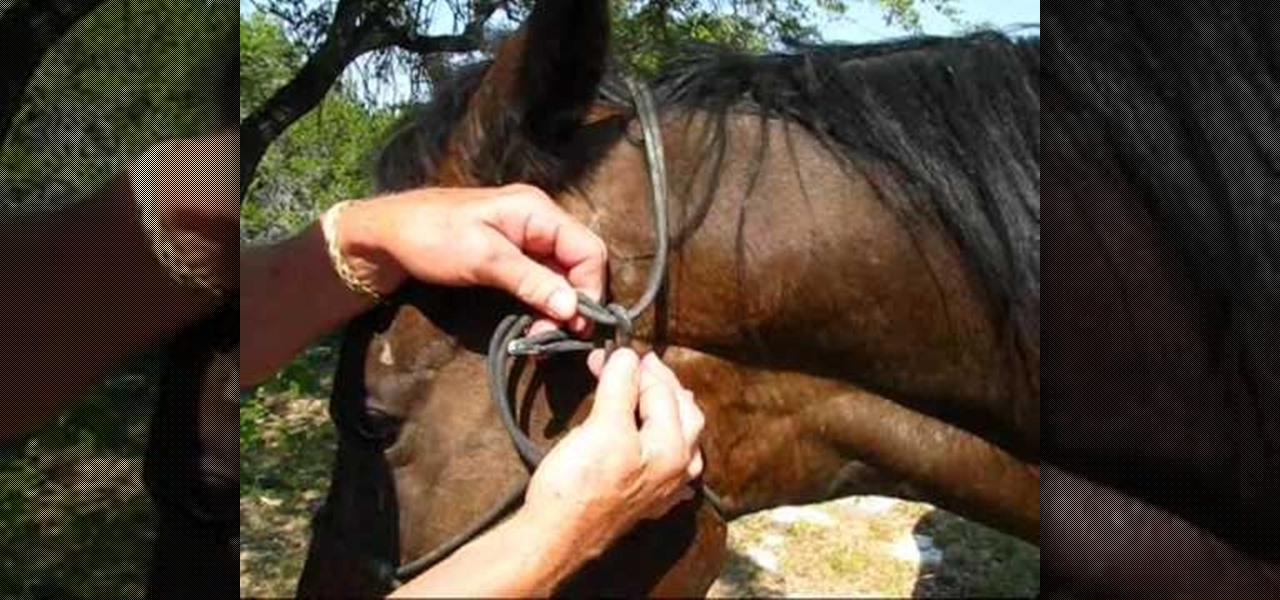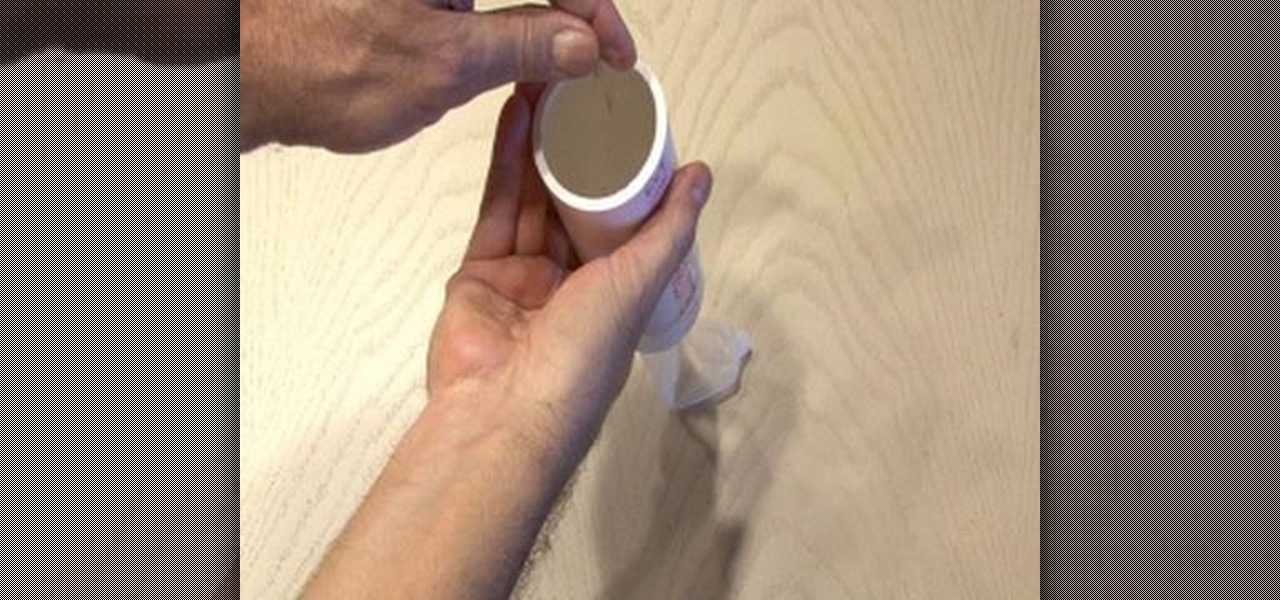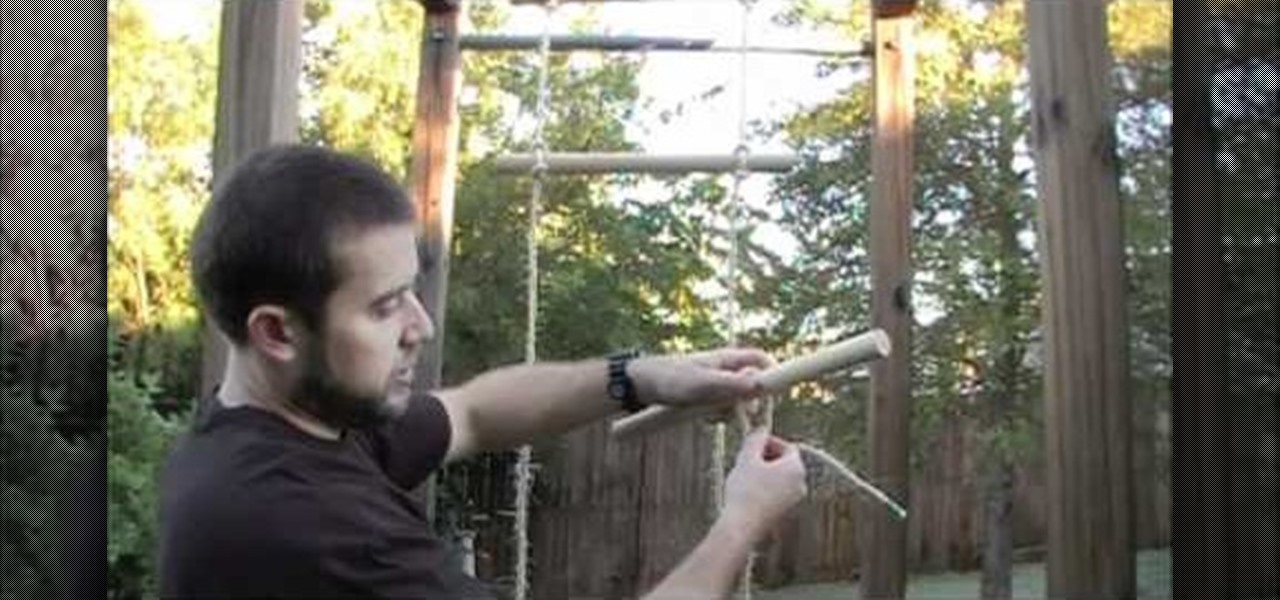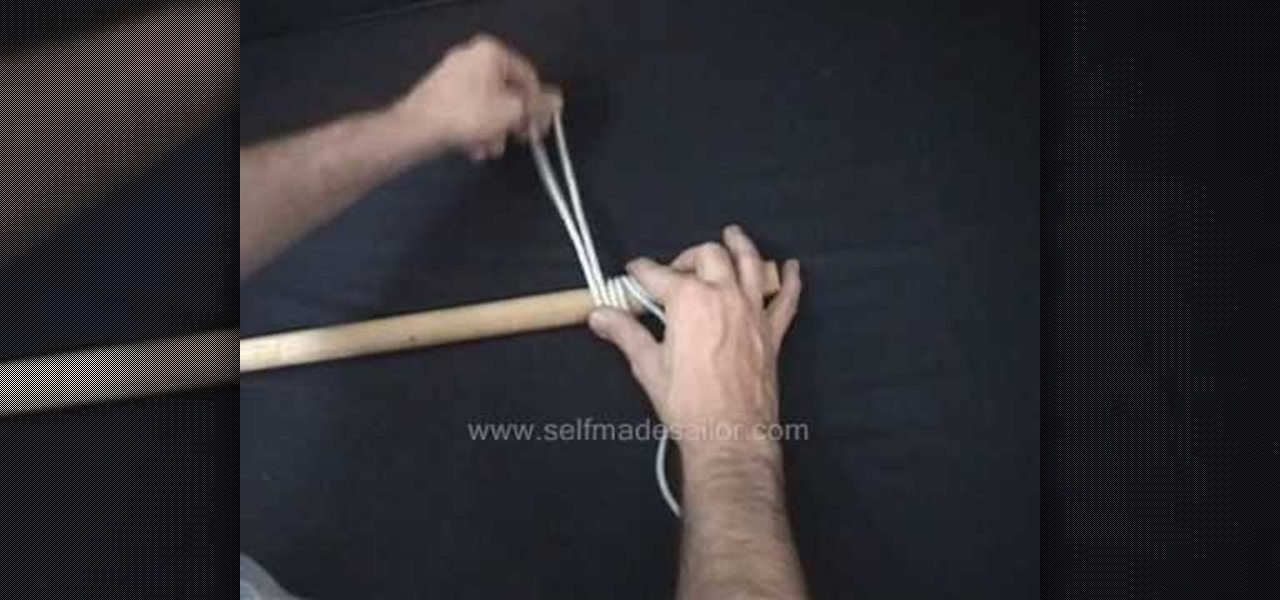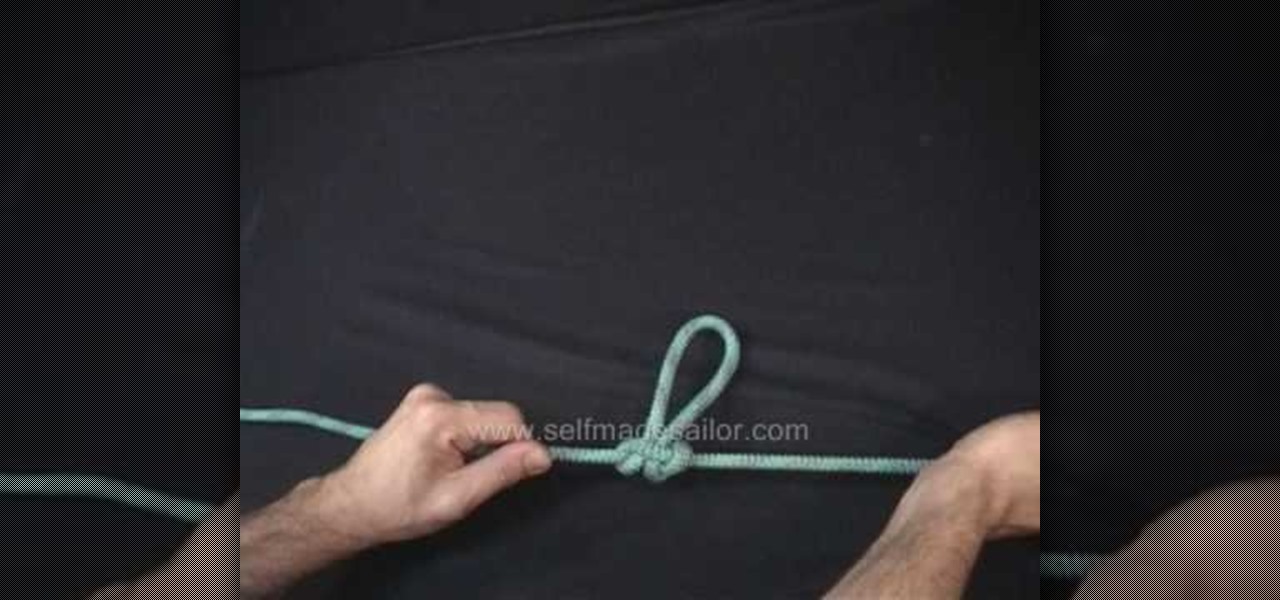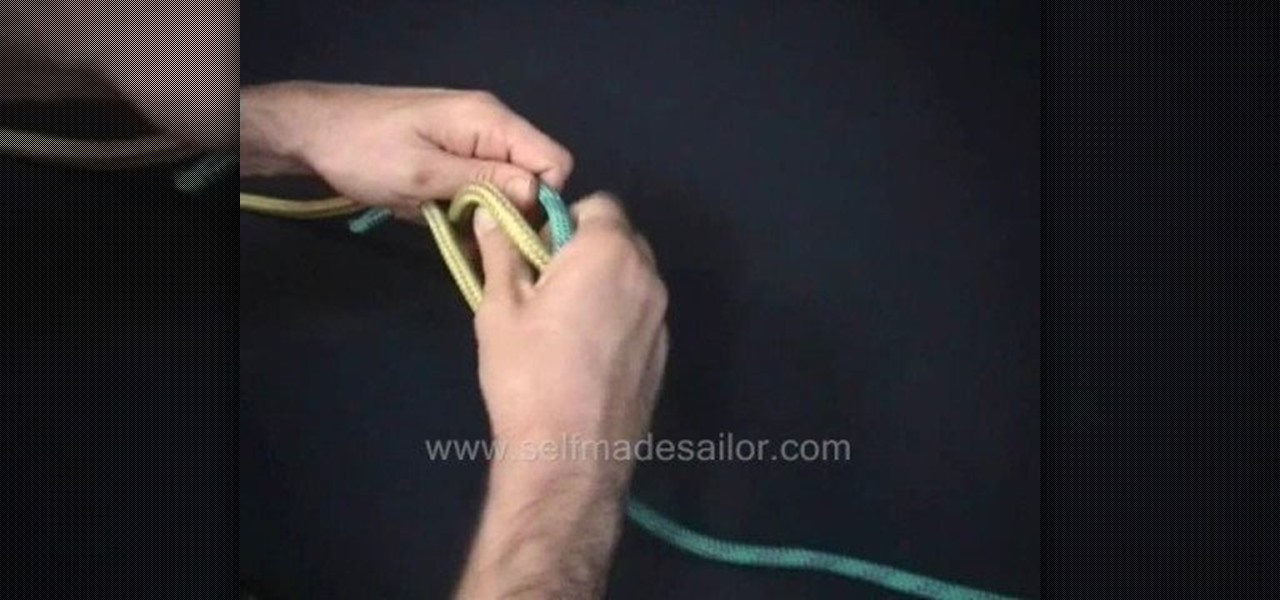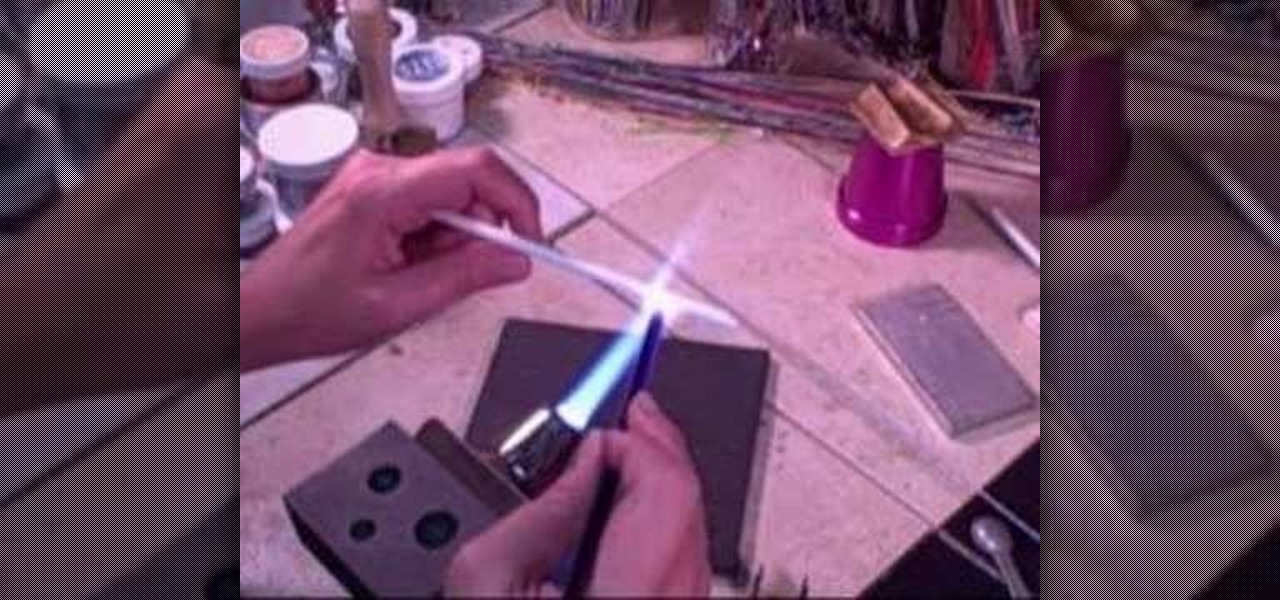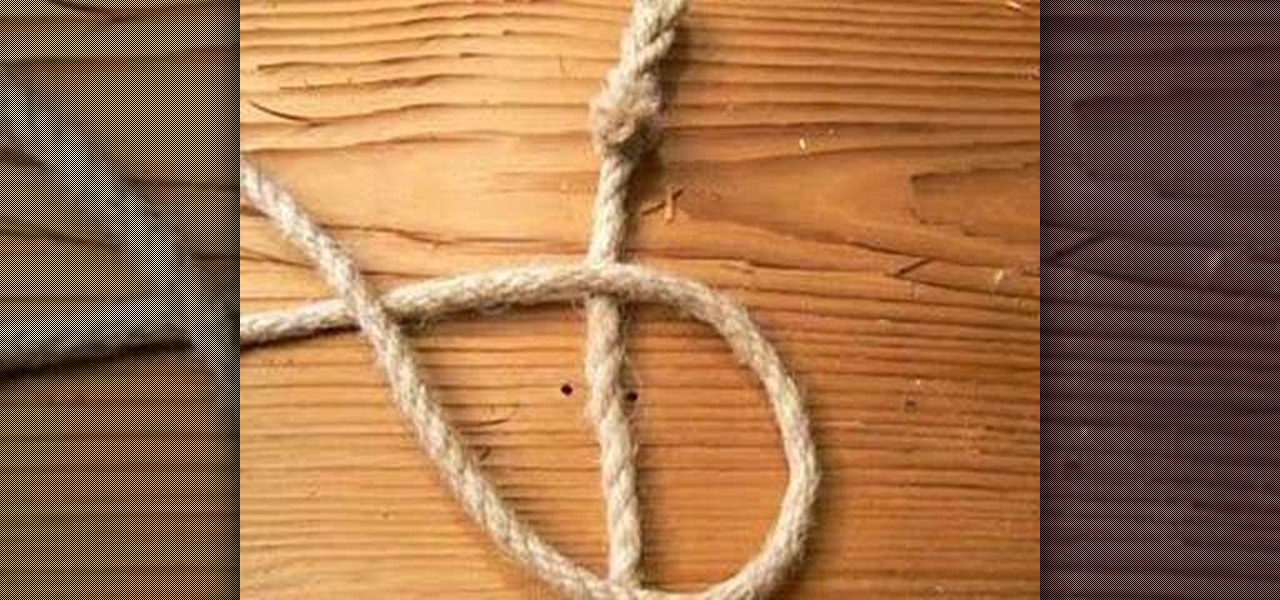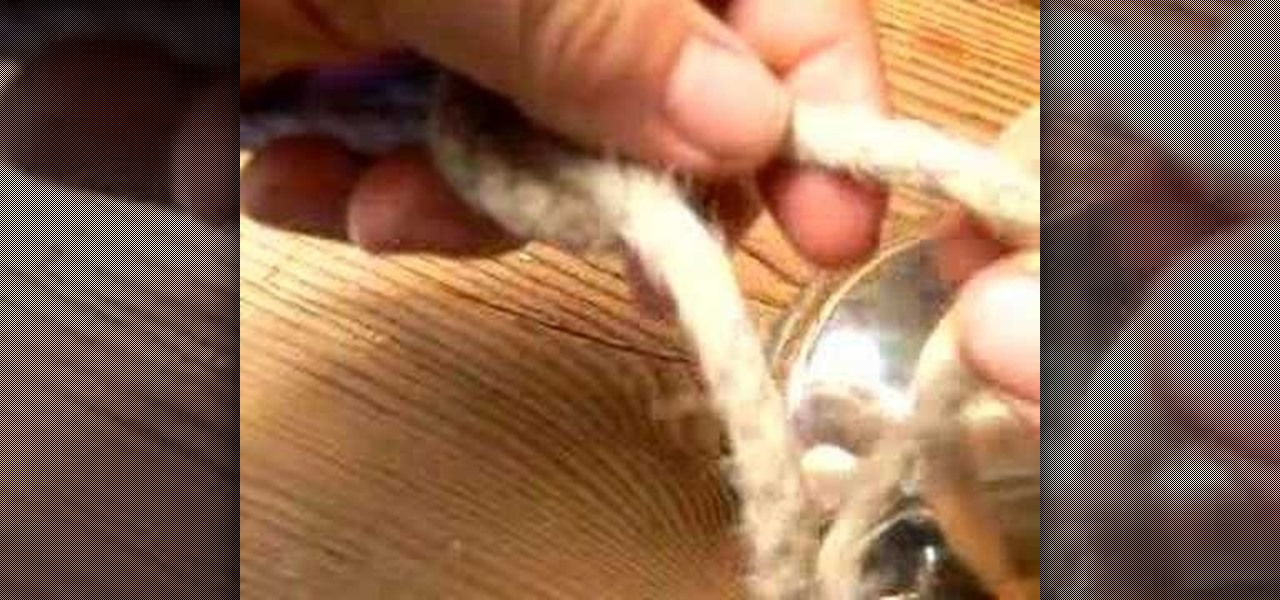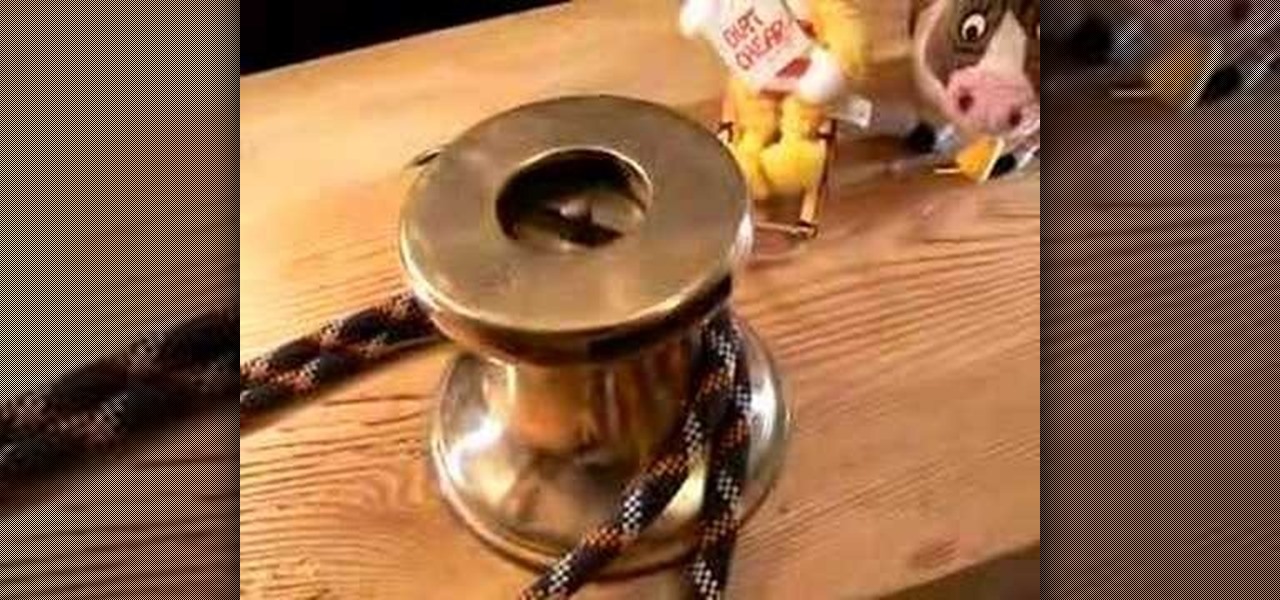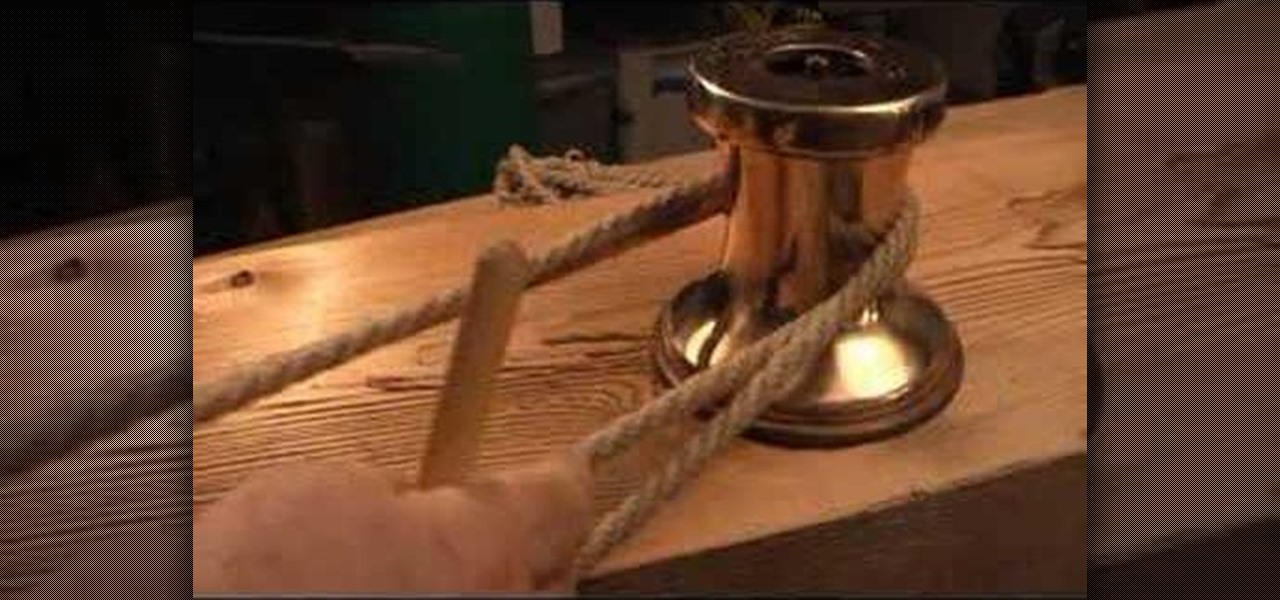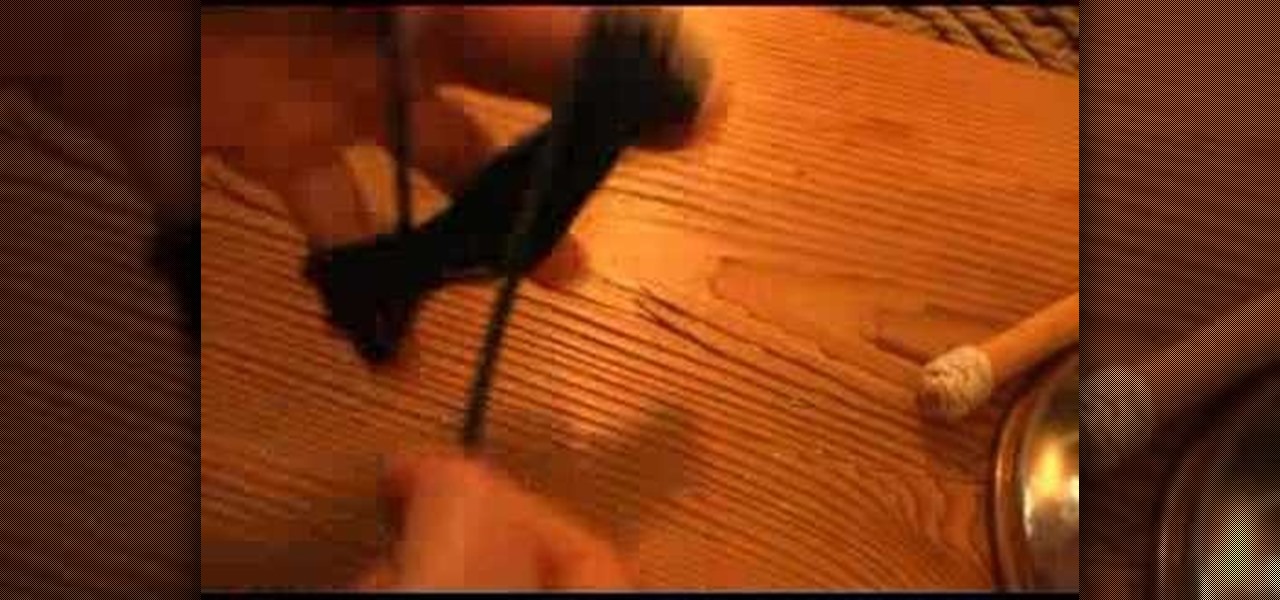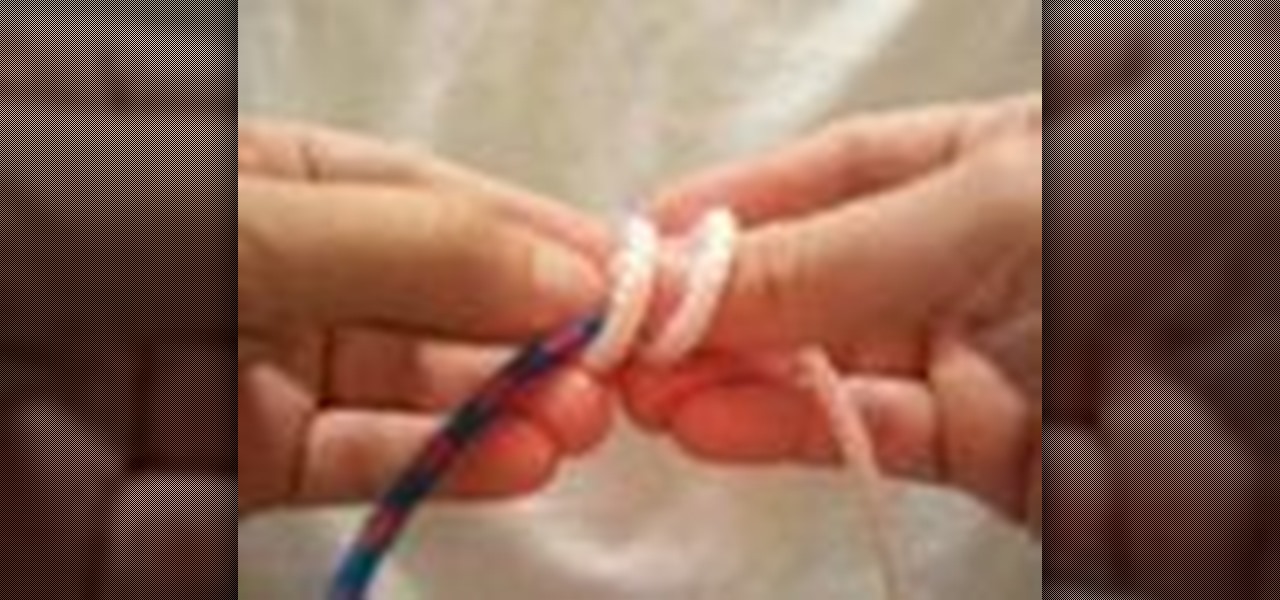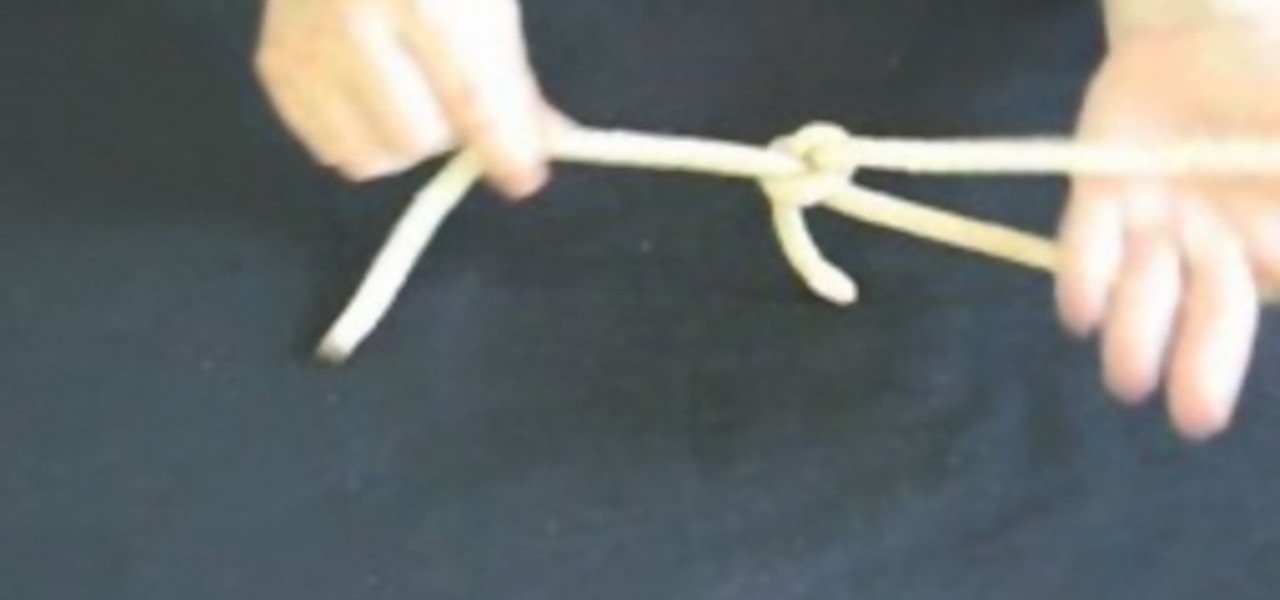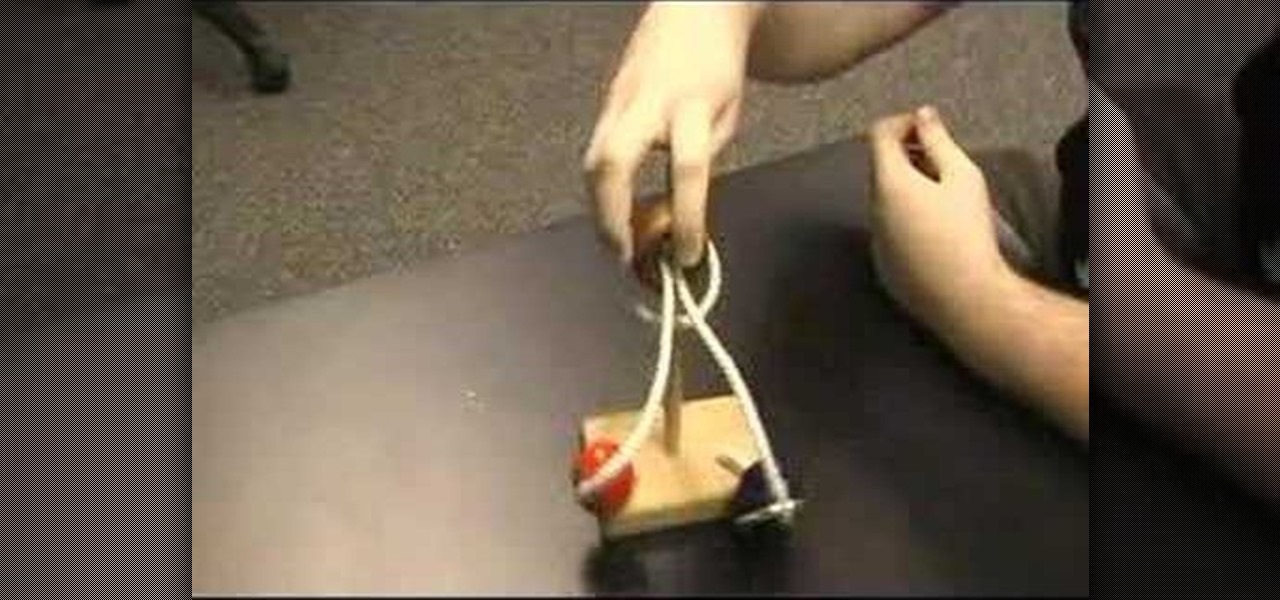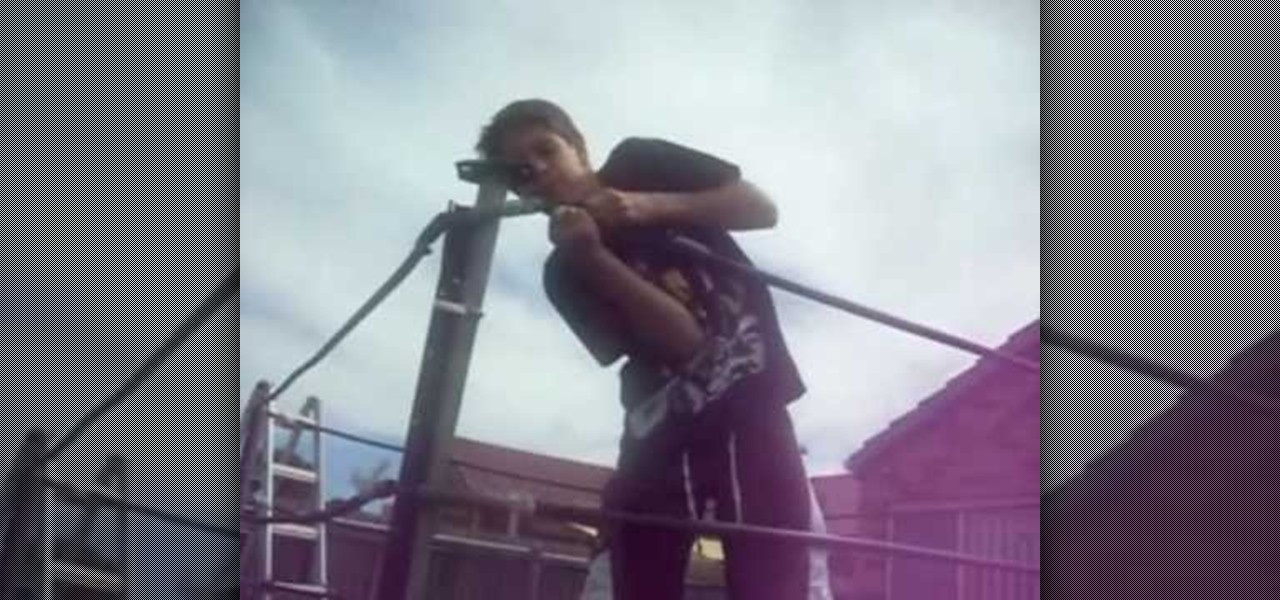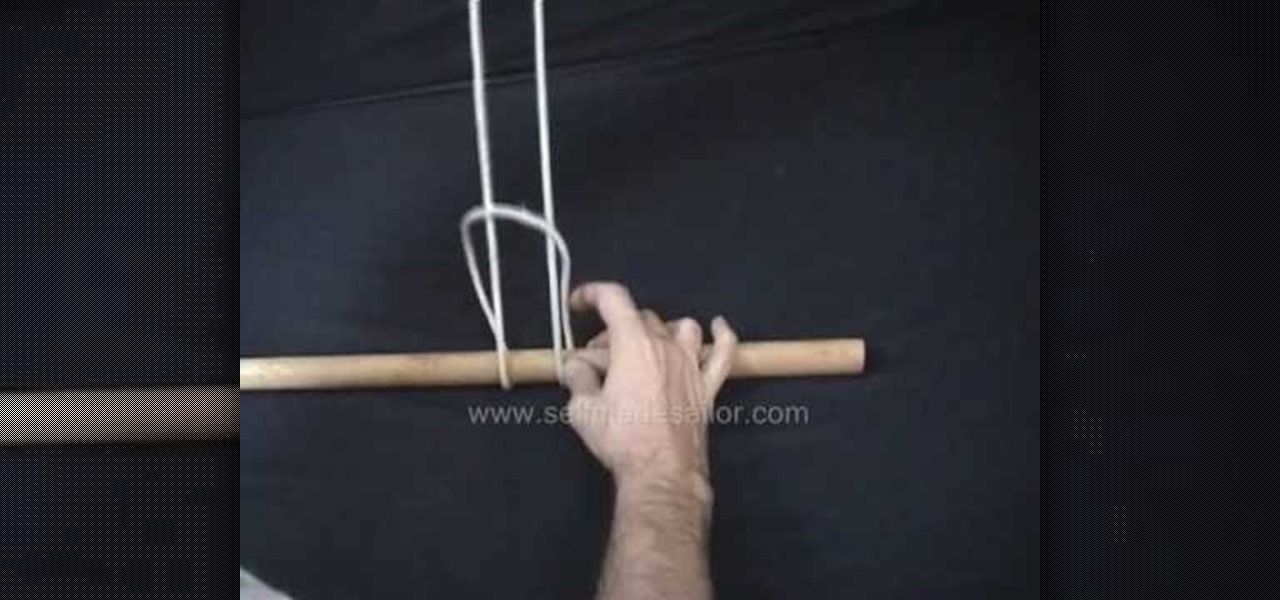
Learn how to tie a Prusik Knot - sometimes misspeled "Prussik" - A bi-directional gripping knot that strongly resists sliding when the pull is parallel to the object to which it is tied. It can be used as an aid to ascend or climb another rope. This is a fine knot for camping, climbing, sailing or Boy Scout training.
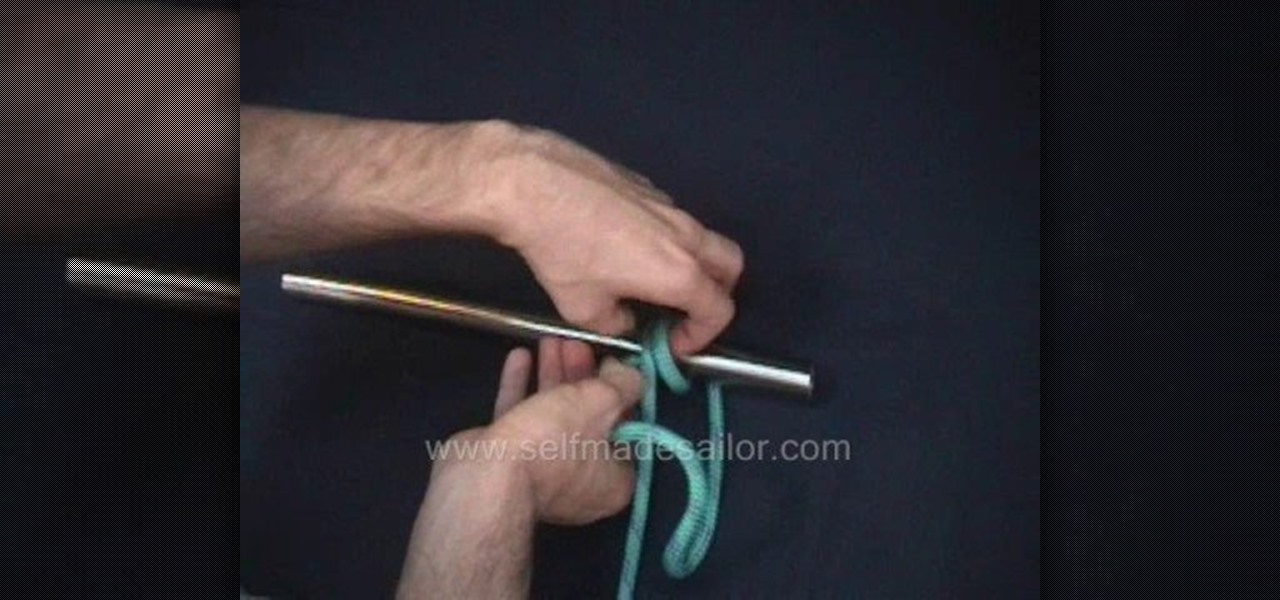
Learn how to tie an Anchor Hitch (also known as a Bucket Hitch) - A very secure means of attaching a rope to an anchor or any other object that you can't afford to loose (like a bucket down a well, I suppose - thus the alternate name). I actually do use this hitch for temporary anchor attachment (preferring to permanently splice instead) as well as for my bucket lanyards when washing down my boat's deck.
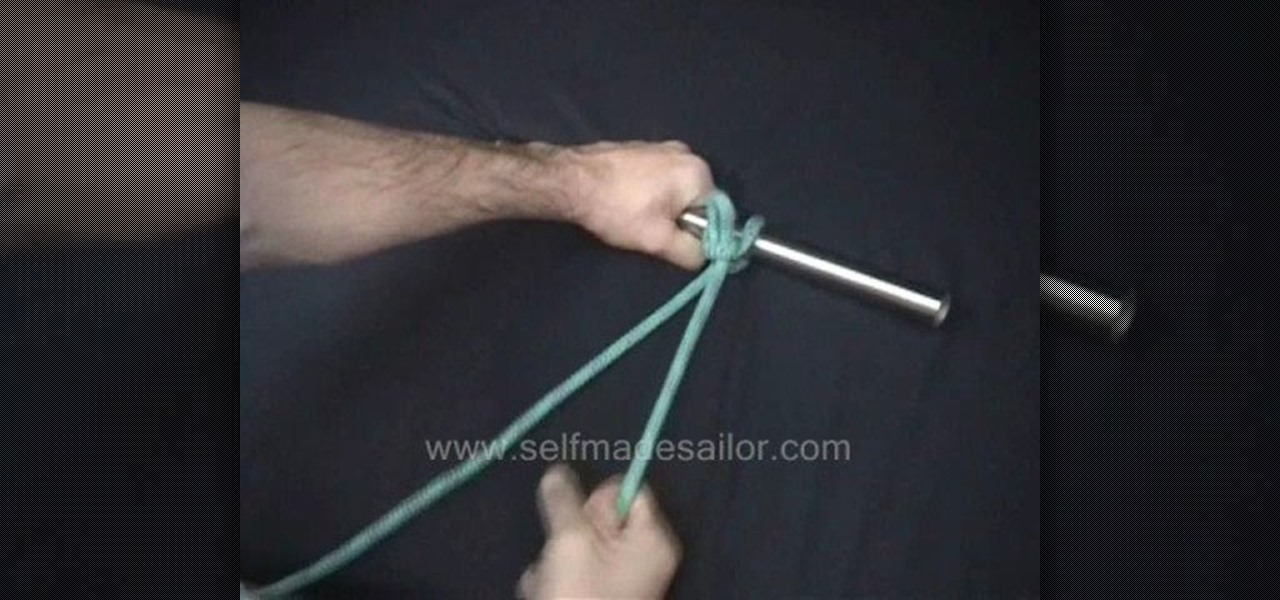
Learn how to tie a Draw or Thief Hitch - a means of securing a rope with two standing ends - one end is load bearing, and the other can be pulled to release the knot. I used this knot extensively for raising the mast on my first trailor-sailor - Tie this above the spreaders, stand the mast up, then pull on the release line to untie it without having to climb aloft. This knot can be used in sailing, boating, general use, camping and bondage.
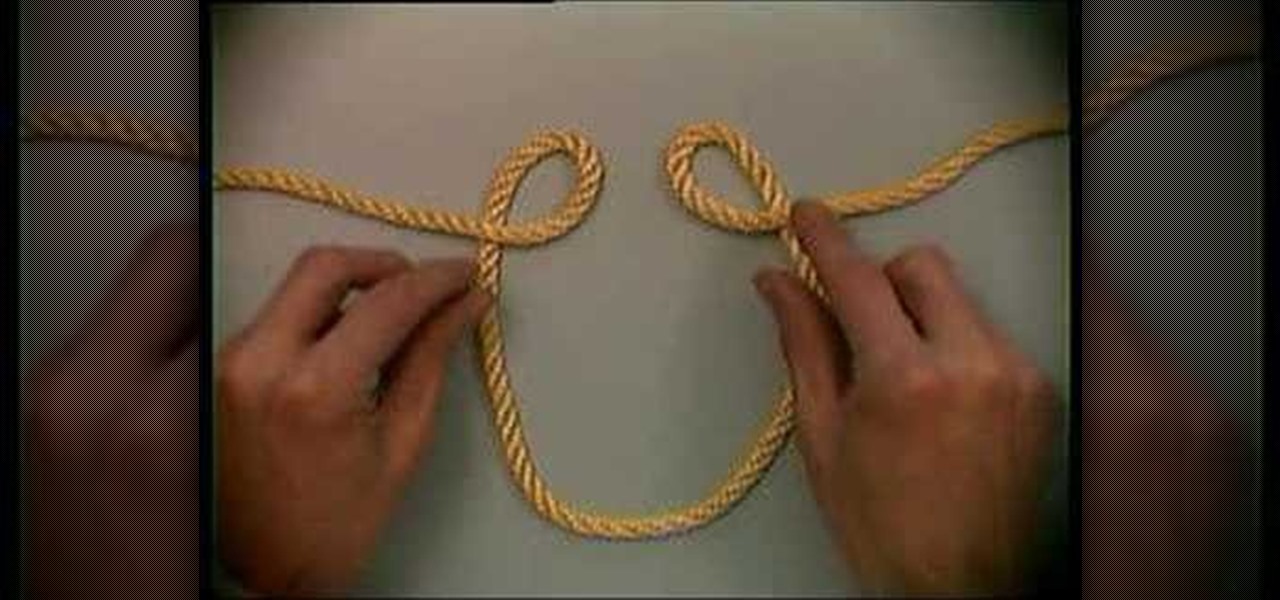
The Alpine butterfly knot is very similar to the Lionsmen's knot, and is often used in mountaineering. It's great for making a foot hold in the rope line. Follow along with this video survival training tutorial and learn how to tie an Alpine butterfly knot.
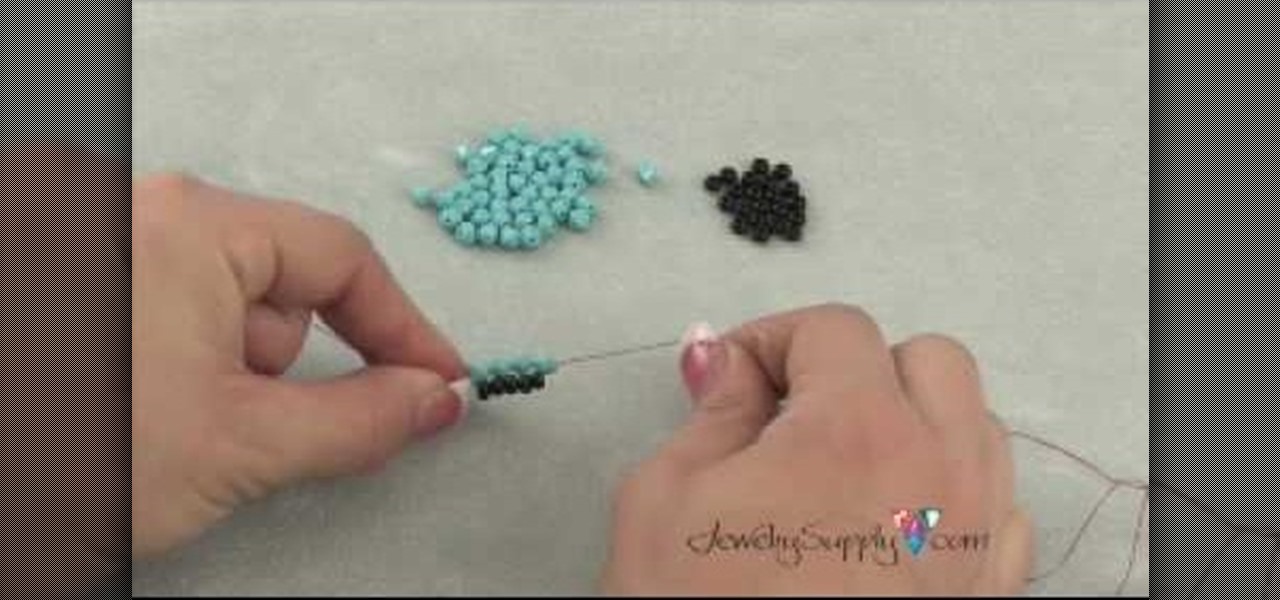
In this bead-weaving video tutorial, there's a quick way to create a beaded rope with different size seed beads, and this video will show you the simple pattern needed to create this wonderful stitch. Learn how to do the spiral weave stitch for jewelry-making by watching this instructional video.
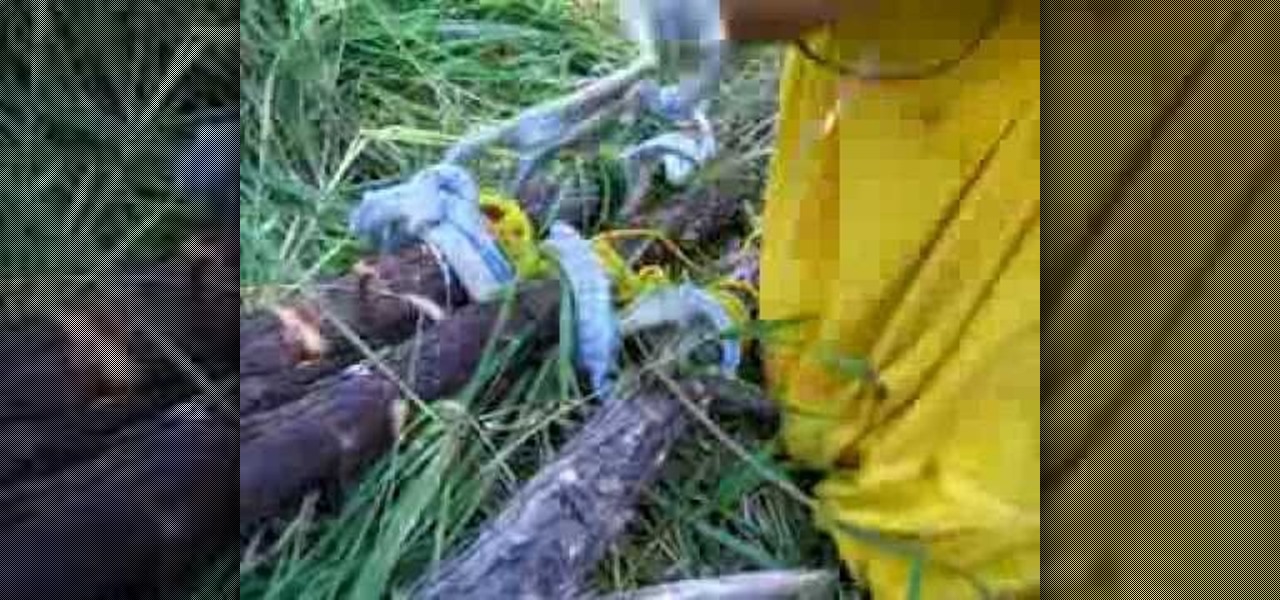
In this video, we learn how to build a tipi. First, measure poles to make sure they are the same size, around 23 feet long. After this you will use a rope to tie the poles together so they are flat. To build the tipi, use the middle wooden pole to prop up in the very center. Make sure the rope is woven through the poles tightly and they are spaced apart. After these are secured together, you can bring them up into the air and set them against other poles to stand up. From here, decorate and u...

In this how to video, you will learn how to make a tight rope walking magnet. You will need a power supply with currents between 15 to 25 amps. A thick wire from a half to one centimeter is also needed for the tight rope. A small neodymium magnet will also be required. String the wire from one end to another. Place the magnet at one end. Use a pair of pliers and a piece of metal as a switch to run the current through the wire. Once that is done, the magnet should go down the wire. A magnetic ...

In this how-to video, you will learn how to tie a rope halter knot. This is useful if you are about to go horse riding. First, bring it through the loop and bring the knot under the neck of the horse. Push the loop up and then make another loop and bring the end back through it. The knot has to go around that loop. Pull it and make it go up and back. It will not slip because it is secured against the loop. This video shows you the easiest way to tie a rope halter knot for your horse.

Kipkay never fails to impress, and this so-called "condom hack pack" is no exception. Who knew there were so many useful uses for a condom besides the obvious! In this Kipkay two-part video, learn how to hack condoms for nine different uses.

As you go up the branches of the tree, you get harder and harder objects to cover in rope. This tutorial shows you a few strategies for completed some of the shibari challenges in the Philosophy level of Zen Bound 2.

Zen Bound 2 is a fun new game for the iDevice, just recently released for PC, that lets you tie up inanimate objects with rope. This tutorial shows you a few different strategies for tying the first objects in the game.

This clip presents an introduction to ladder lashing. Once you get the hang of it, you'll find it's quite easy. For more information, including detailed, step-by-step instructions, and to get started creating your own ladder lashes, watch this video tutorial.

Want to create a Facebook account? This guide will teach you the ropes. Whether you're completely new to the Facebook's popular social networking site or simply require a small amount of clarification on how to perform a particular task on Facebook, you're sure to benefit from this helpful video guide. For more information, including detailed, step-by-step instructions, and to get started making your own Facebook page, take a look.

Switchback straps are an easy, efficient way to carry around a lot of cord, rope, or string. They also look cool, especially the two-color version demonstrated in this video. They may look simple to tie, but as you know if you've tried to tie one without instructions before, they certainly aren't!

Learn how to tie a Klemheist Hitch - This is a gripping knot made using a loop of small diameter rope applied to the main line or object. It greatly resists slipping when the pull is parallel to the main line. This is a good knot for sailing, boating, general outdoors and even bondage.

Learn how to tie an Artillery Hitch or loop - A secure way of forming a loop in the standing part of a rope so that the loop lies perpendicular to the line. This is a good knot for sailing, boating, general outdoors and even bondage.

Learn how to tie a Round Turn and Two Half Hitches - a quick and secure way of attaching a rope to a railing or other fixed object. This is a good knot for sailing, boating, general outdoors and even bondage.

How to tie a Grass Bend - A good knot for joining together two ropes made of stiff material - seat belt webbing, for example. This knot can be used in sailing, boating, general use, camping and bondage.

Leanr how to tie a Bowline on the Bight - This is a means of tying a bowline in the certer portion of a rope. This knot can be used in sailing, boating, general use, camping and bondage.

Here is a quick video on how to make encased stringers for glass beads. This is a great way to add fancy stringer decoration to your glass beads. These lampworking instructions demonstrate how to add thin ropes of color and pattern embedded in the molten glass bead. Use this technique to make finely crafted glass jewelry such as beads for necklaces, bracelets and earrings.

A bend knot joins two ropes or lines. The carrack or carrick bend is generally used on large diameter lines of the same size. Watch this video knot-tying tutorial and learn how to tie a carrick bend knot.

The tensioning knot, demonstrated in this how-to video, is a useful way to tie the strands of my whips to the rope machine. It is also useful anytime that quick tension is needed and a truckers hitch is too much or the distance is too short. Tie a noose in the line and snug it up then a slippery half hitch locks it in place. Watch this video knot-tying tutorial and learn how to tie a tensioning knot.

Check out this video to learn how to tie another version of the pegged bowline. In this case, the running end of the rope is run around behind the standing part as though it were going to be finished in the usual manner, but is instead pegged on the loop. Watch this video knot tying tutorial and learn how to tie a version of the pegged bowline knot.

The pole hitch, demonstrated in this how-to video, is used on a marling spike or rack quite often but it is also a great way to tie off to a winch to bolster your mooring. The Winch Pole Hitch can be tied in the bight, meaning that neither end of the rope needs to be accessed in order to be tied, making it idea for tying up animals. Watch this video knot-tying tutorial and learn how to tie a Winch Pole Hitch.

The pegged bowline, as demonstrated in this how-to video, is similar to a bowline on a bighte knot. Using pegs to construct knots is well documented. Simply tie the bowline as usual in the bight of the rope then peg the running end to the standing part. Watch this video knot-tying tutorial and learn how to tied a pegged bowline knot.

The method of rope handling demonstrated in this how-to video came from the Japanese. Pirates during the warring states period used such bundles to secure prisoners among other shipboard duties and the bundle stays alive today in hojujitsu. A few fathoms of paracord in a pocket and a handier tool aboard a boat would be hard to find. Watch this video knot-tying tutorial and learn how to tie a paracord bundle.

This how-to video demonstrates the easiest way to make a hammock. Simple, easy and safe, with no sewing required, make a hammock anytime in a pinch. All you need is fabric, rope, and the knot-tying skills from this instructional video. Watch this video tutorial and learn how to make an easy hammock.

A bowline knot can tighten up really easily, in such a way that it's a headache to get the rope untied. The slip bowline knot, however, has a pull tab that releases the knot when you're ready. Watch this video knot-tying tutorial and learn how to tie a slip bowline knot.

The double fishermen's knot, as demonstrated in this how-to video, is a safe knot to secure to separate lengths of rope together, forming high-strength loops of cord. This makes it useful in rock-climbing and in search and rescue, especially as a backup for other knots. Check out this video survival training tutorial and learn how to tie a double fisherman's knot or double overhand knot.

This simple noose can be done quickly and is ideal for trapping small game. This video serves as a step by step detailed guide on how to tie it. Shown in two ways, a simple one and a more involved way that makes the rope and noose move more easily. Watch this video hunting tutorial and learn how to tie a looped knot noose for trapping animals and game.

Simple details on how to tie the overhand knot, double overhand knot, figure 8 knot, Ashley knot, & slip knot. As well as a simple rope magic trick.

This instructional lighting video produced by CMP students at Seneca College demonstrates the basics of three point lighting, the arrangement of the shooting space, organization of gear, and safety on set. This video is great for students learning the ropes of cinematography and lighting basics.

Sleeping the car can be a pain, but sometimes it's necessary. Take a look at this instructional video and learn how to make your own car hammock with a king sized sheet and some rope.

This is a video puzzle tutorial on how to solve the Right Brain Teaser made by Channel Craft, which some people would call the game device of cruel torture.

Do you want to learn how to make your own, personal wrestling ring? Watch this video tutorial to learn how. You will need a trampoline, rope, small PVC pipes, electrical tape and steel metal poles.

This is a good way to shorten a rope without cutting it, provided there is a load on each end. If there isn't, well, who knows what will happen.

This is a good knot for all types of rope including fishing line. Don't you wish you were fishing right now? No, well that doesn't mean you can't try it anyway.

This is a great knot to use if you need two loops in the middle of a line, especially if you do not have access to the ends of the rope. If you need two loops at the end of a line, use the bowline on the bight, but don't bight to hard.

The reef knot is one of the best knots for joining ropes, also known as the square knot. What more could you want?

Krav Maga Sherman Oaks Human Weapon Jarret Waldman teaching a choke from behind with a thin wire or rope defense.








